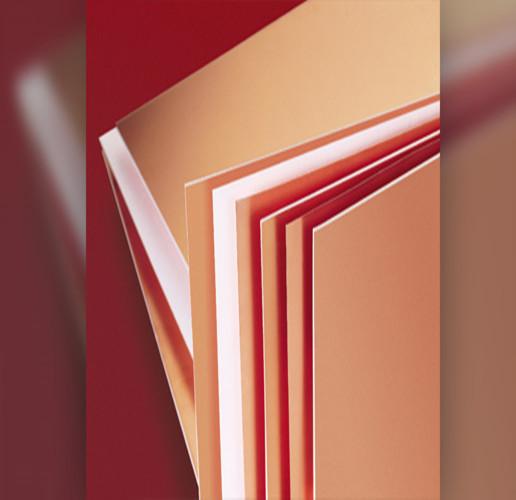RO4350B hydrocarbon ceramics and RO4835 hydrocarbon ceramics two kinds of materials are RO4000 series of materials, belongs to the civil series. RO4000 series is hydrocarbon resin and ceramic packing laminate material, it has compatibility with FR4 mixing, FR-4 processing technology, lead-free welding process ability, to ensure that PCB processing plants only need to have lower processing capacity, reduce the cost of PCB processing customers, and its low loss (dielectric loss (Df) 0.0037@10GHz), Better temperature stability of dielectric constant (50 PPM /°C@-50°C to 150°C), better heat treatment ability compared with traditional PTFE material (heat dissipation coefficient 0.6W/m/°K), low Z-axis thermal expansion coefficient (31 PPM /°C) to improve the reliability of the through hole, etc. It can ensure the excellent electrical performance required by the radar front end and antenna at 24GHz. It also belongs to UL 94V-0 class flame retardant material, which further enhances the safety of radar system.
The biggest difference between the two is that RO4835 added antioxidants, compared with the traditional thermosetting materials, the oxidation resistance is 10 times higher, and in line with the IPC-4103 (high-speed and high-frequency substrate specification) requirements. Rogers RF plate RO4835 adds antioxidant material, which is more resistant than RO4350B. In addition to the difference between Dk and Df, the temperature characteristics of Dk with glass cloth are relatively worse, and the temperature range of the product is higher. The thermal expansion coefficient becomes worse, especially the z axis, and the number of relative layers of the product will decrease. The phase characteristics of high frequency are relatively worse, so it is best to avoid the use of products with harsh requirements on phase. The advantage is that the product's dimensional stability, hardness and water absorption rate are relatively good.
24G security radar system operating frequency is 24 ~ 24.25ghz, a total of 250MHz working bandwidth, using FMCW waveform to work, because of its high frequency, short wavelength characteristics, determines the radar system rf front-end and antenna can only use high frequency microwave materials, and the security industry is full of competitive characteristics. Therefore, high frequency microwave materials need not only good performance, but also moderate price, that is, high cost performance of high frequency microwave materials.
ROGERS, a world-renowned manufacturer and developer of hf microwave materials, focuses on RO4350B and RO4835 hydrocarbon ceramics, two HF microwave PCB materials, for the 24G security radar market and different use scenarios.

